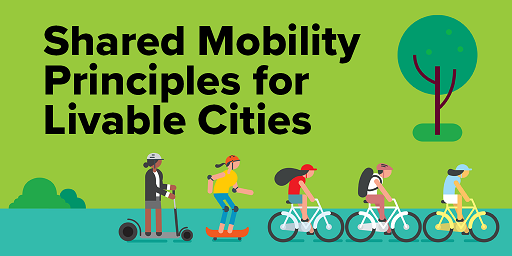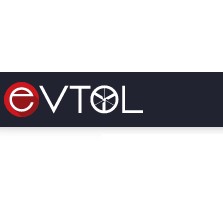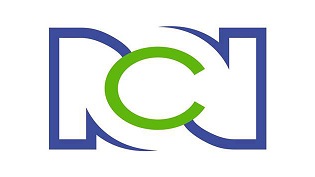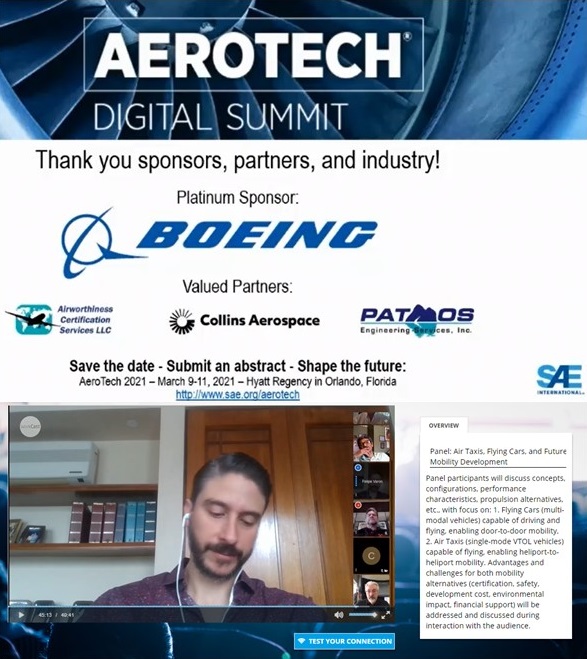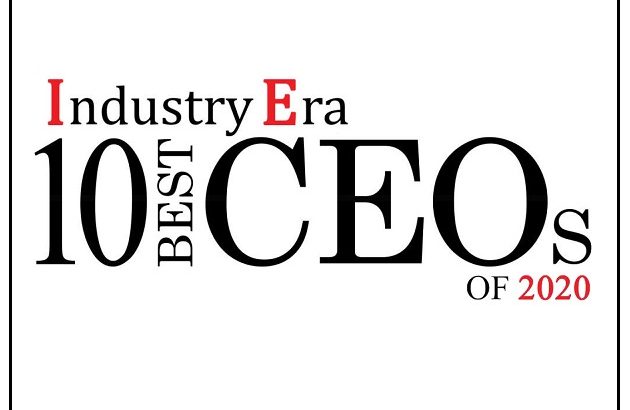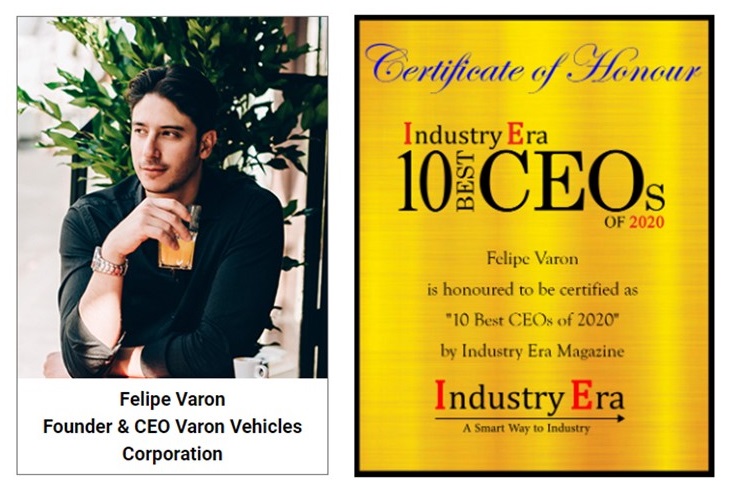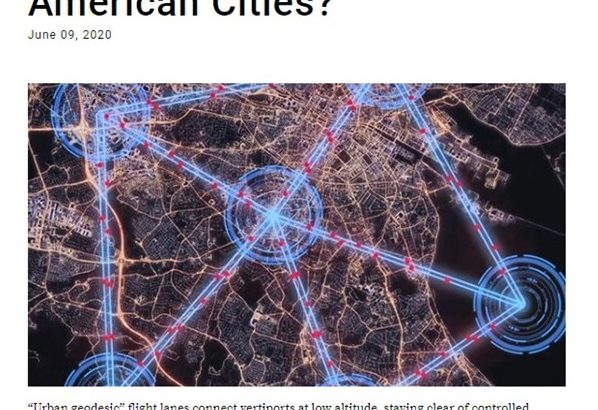The nascent Urban Air Mobility industry is T booming. But before it becomes an integral part of our lives, there are quite a few challenges that we must overcome. From regulatory challenges to overwhelming cost barriers, Varon Vehicles is doing a fabulous job at making the technology a reality with their unique approach. With a career spanning across two decades, Felipe Varon, CEO at Varon Vehicles, shares how they are overcoming barriers in the emerging UAM market by bringing together global talents from the aviation and urban air mobility industries for implementation in Latin America
What is Varon Vehicles’ view on Urban Air Mobility (UAM)?
We view UAM as infrastructure – not just meaning our vertiports. It means the network of vertiports connected to each other with a fleet of new generation air vehicles servicing between them and all the subsystems required for the operation.
We see this as infrastructure that allows tackling not only the mobility problem, but also the city growth problem by providing transportation means without the need to build physical mobility infrastructure.
What is your company focused on?
Varon Vehicles is leading an ecosystem of global urban air mobility stakeholders targeted towards implementing its first transportation system network in Latin America, starting at a chosen location in Colombia
It will probably consist of 2 to 4 vertiports connected to each other via permanently reserved airspace volumes and a fleet of new generation Vertical Take-Off and Landing air vehicles (VTOL) servicing between them, with all the required subsystems for the operation, to offer freight transportation services at first and eventually passenger transportation in conjunction with Transportation Network Company (TNC) partners.
Despite being a US company, Varon Vehicles Corp has identified several advantages in implementing first in Latin America instead of in the US or Europe, which essentially mean faster implementation and lower costs. This is evermore relevant now with global post COVID budget situations.
While most in the aerospace industry agree that an operable maturity level in urban air mobility in the US will be achieved near the year 2035 given the complexity of the design approach being undertaken, Varon Vehicles is targeting to have its first operating system in about 5 years.
The company has taken a simplistic approach for implementation in Latin America to get UAM operation started sooner, at a radically lower cost and with the exact same levels of safety to allow knowhow acquisition.

